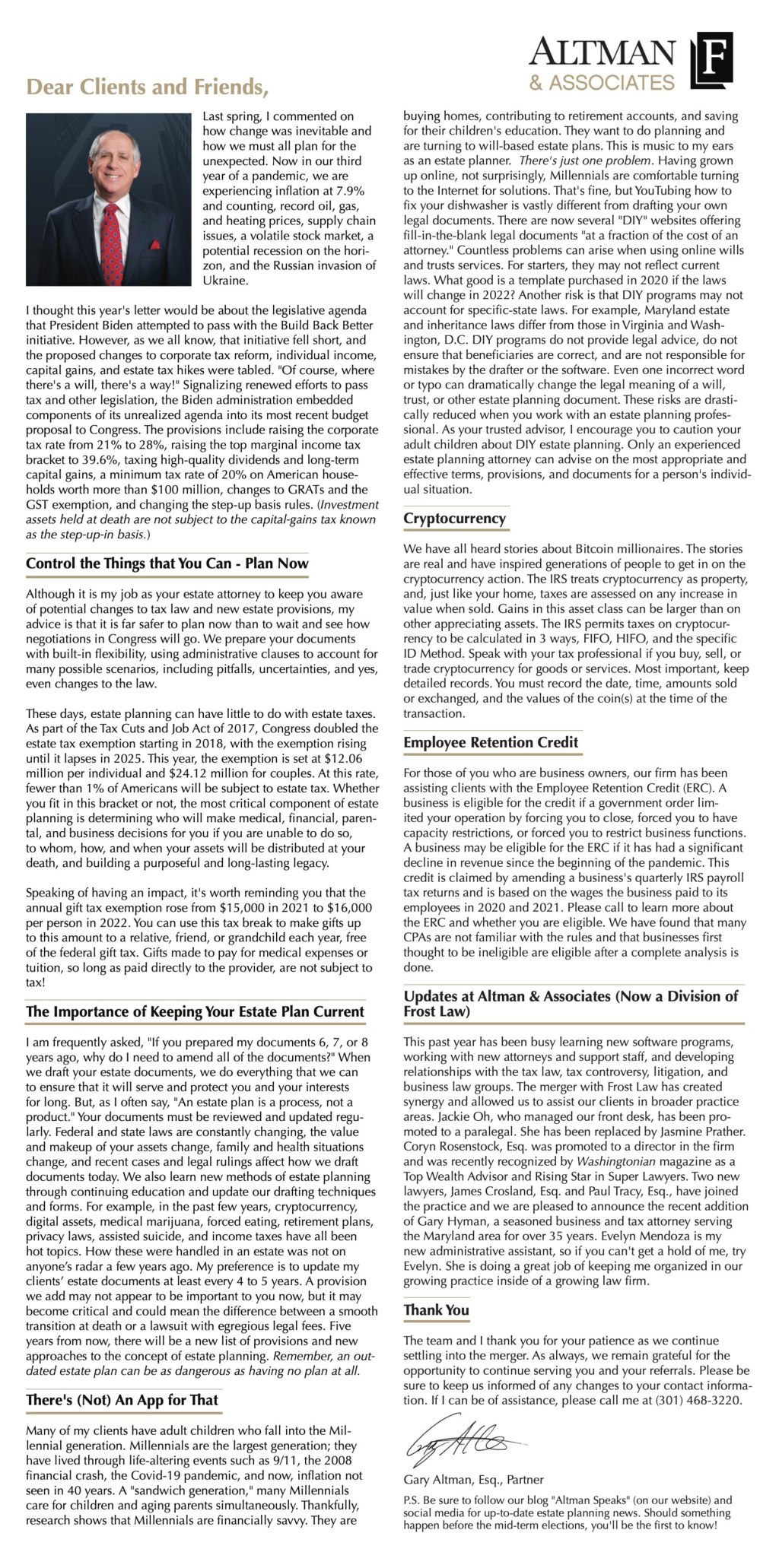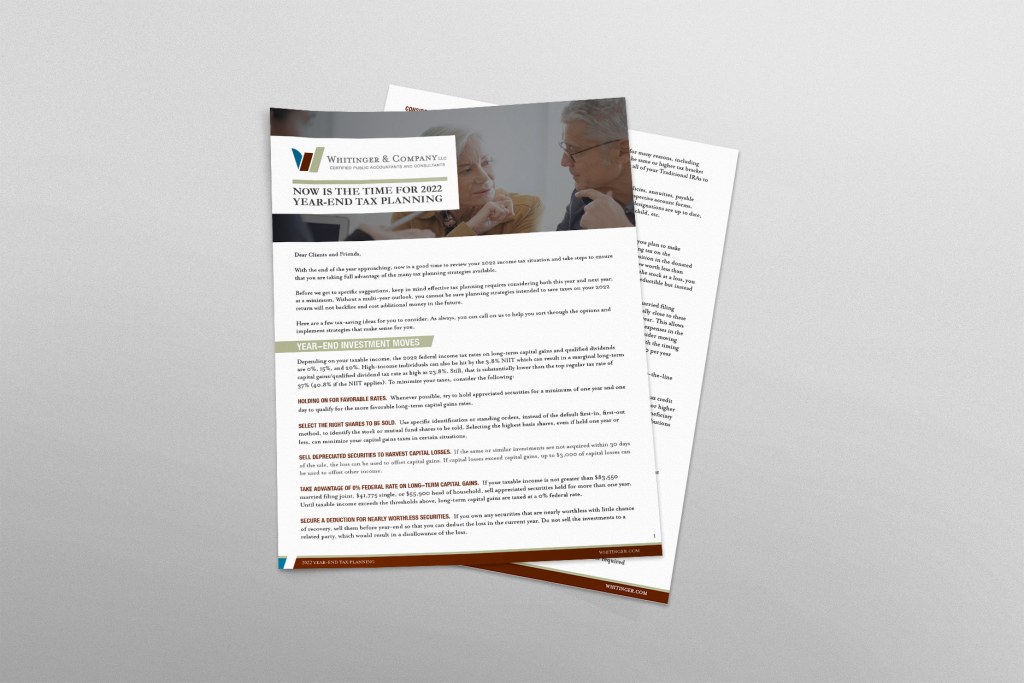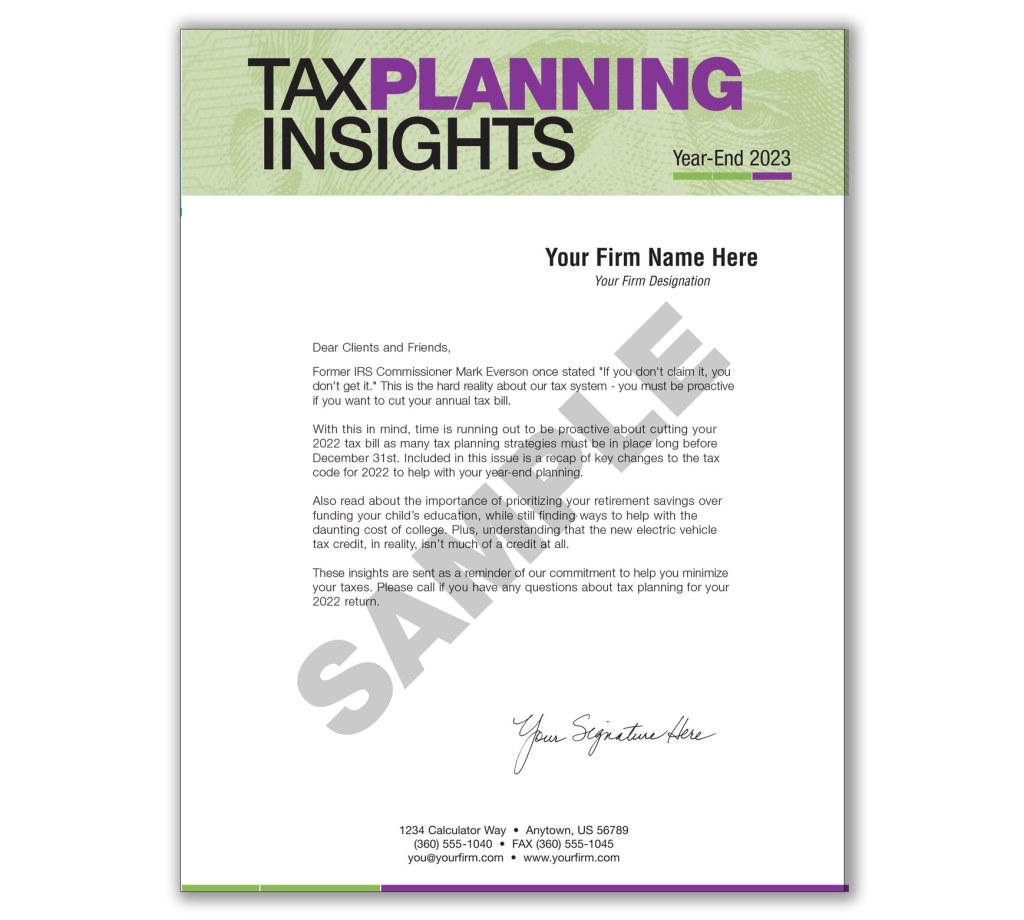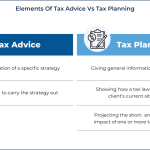Unlock Your Financial Success: The Ultimate Tax Planning Letter To Clients 2022 – Take Action Now!
Tax Planning Letter to Clients 2022
Greetings, Readers!
Welcome to our comprehensive guide on tax planning for the year 2022. In this article, we will be discussing the importance of tax planning and how it can benefit you and your business. As the new year approaches, it is crucial to start thinking about your tax strategy to maximize savings and minimize liabilities. We understand that tax planning can be complex and overwhelming, but with the right information and guidance, you can navigate through the process smoothly. So, let’s dive into the details of tax planning for the year 2022!
3 Picture Gallery: Unlock Your Financial Success: The Ultimate Tax Planning Letter To Clients 2022 – Take Action Now!



Table of Contents
What is Tax Planning Letter to Clients?
Who Should Use Tax Planning Letter to Clients?
When to Implement Tax Planning Letter to Clients?
Where to Find Tax Planning Letter to Clients?
Why is Tax Planning Letter to Clients Important?
How to Create an Effective Tax Planning Letter to Clients?
Advantages and Disadvantages of Tax Planning Letter to Clients
Frequently Asked Questions (FAQ) about Tax Planning Letter to Clients
Conclusion
Final Remarks
What is Tax Planning Letter to Clients?
A tax planning letter to clients is a document prepared by tax professionals that outlines specific strategies and recommendations to help clients optimize their tax positions. It provides a comprehensive overview of potential tax-saving opportunities, changes in tax laws, and forecasts for the upcoming year. The letter serves as a guide for clients to make informed decisions regarding their taxes and financial planning.
The Importance of Tax Planning Letter to Clients

Image Source: altmanassociates.net
By receiving a tax planning letter, clients gain insights into various tax-saving strategies tailored to their specific circumstances. The letter highlights potential deductions, credits, and exemptions that can help minimize tax liabilities. It also addresses any changes in tax laws or regulations that clients need to be aware of. With a tax planning letter, clients can proactively plan their finances, ensure compliance with tax laws, and optimize their tax returns.
The Contents of Tax Planning Letter to Clients
A comprehensive tax planning letter typically includes the following information:
An overview of the tax planning process
Changes in tax laws and regulations
Key tax-saving strategies
Forecast of tax rates and brackets
Updates on tax credits and deductions
Tips for recordkeeping and documentation
Important deadlines and filing requirements
As tax laws evolve and change, the contents of the tax planning letter may vary from year to year. It is essential to stay updated with the latest tax regulations to provide accurate and relevant information to clients.
Who Should Use Tax Planning Letter to Clients?

Image Source: whitinger.com
The tax planning letter is beneficial for individuals, business owners, and organizations of all sizes. It is particularly useful for:
Individuals with complex tax situations
Business owners looking to minimize tax liabilities
Investors seeking to optimize tax returns
High-income earners
Retirees planning their finances
Regardless of your financial situation, a tax planning letter can provide valuable insights and recommendations to help you make informed decisions regarding your taxes.
When to Implement Tax Planning Letter to Clients?
It is recommended to implement tax planning strategies as early as possible, ideally at the beginning of the tax year. By starting early, you have more time to organize your financial records, gather necessary documents, and explore various tax-saving opportunities. However, it is never too late to engage in tax planning. Whether you are in the middle of the tax year or approaching the filing deadline, a tax planning letter can still provide valuable insights to optimize your tax position.
Where to Find Tax Planning Letter to Clients?

Image Source: tangiblevalues.com
You can find tax planning letters from reputable tax professionals, certified public accountants (CPAs), and tax advisory firms. It is crucial to seek guidance from professionals with expertise in tax planning and a thorough understanding of the latest tax laws. Additionally, you may find tax planning resources and letters through financial newsletters, reputable websites, or professional organizations.
Why is Tax Planning Letter to Clients Important?
Tax planning is essential for several reasons:
Minimizing Tax Liabilities: A tax planning letter helps identify deductions, credits, and strategies to reduce your overall tax burden.
Optimizing Financial Planning: By understanding your tax obligations and potential savings, you can make informed decisions about your investments, retirement planning, and financial goals.
Maximizing Tax Returns: Through effective tax planning, you can increase your chances of receiving a larger tax refund or reducing tax payments.
Compliance with Tax Laws: Tax planning ensures that you stay compliant with tax laws and regulations, avoiding penalties and legal issues.
Proactive Decision-Making: With a tax planning letter, you can proactively plan and make informed decisions throughout the year, rather than scrambling during the tax season.
The Cost-Benefit Analysis of Tax Planning Letter to Clients
While engaging professional tax services may incur costs, the benefits of tax planning often outweigh the expenses. By optimizing your tax position, you can potentially save more money in taxes than you spend on professional tax services. Additionally, the peace of mind and reduced stress associated with effective tax planning are invaluable.
How to Create an Effective Tax Planning Letter to Clients?
Creating an effective tax planning letter involves thorough research, analysis, and personalized recommendations based on the client’s unique circumstances. Here are the key steps to develop a comprehensive tax planning letter:
Gather Client Information: Collect relevant financial records, tax returns, and any changes in the client’s financial situation.
Assess Current Tax Position: Analyze the client’s tax history, deductions, credits, and potential savings opportunities.
Stay Updated with Tax Laws: Keep track of the latest tax laws, regulations, and any upcoming changes that may affect the client.
Identify Tax-Saving Opportunities: Explore deductions, exemptions, credits, and strategies that align with the client’s financial goals.
Provide Personalized Recommendations: Tailor the tax planning letter to the client’s specific circumstances, explaining the benefits and potential savings of each strategy.
Ensure Clear and Concise Communication: Use simple language and provide examples to help clients understand complex tax concepts.
Encourage Proactive Action: Motivate clients to take action by implementing the recommended strategies and seeking professional advice when necessary.
By following these steps, tax professionals can create a comprehensive tax planning letter that empowers clients to make informed decisions regarding their taxes.
Advantages and Disadvantages of Tax Planning Letter to Clients
Like any financial strategy, tax planning letters have their pros and cons. Let’s explore some of the advantages and disadvantages:
Advantages of Tax Planning Letter to Clients
Maximizes Tax Savings: A well-crafted tax planning letter identifies opportunities to reduce tax liabilities, potentially leading to significant savings.
Ensures Compliance: By staying updated with tax laws, clients can avoid penalties and legal issues associated with non-compliance.
Optimizes Financial Planning: Effective tax planning aligns with clients’ financial goals, allowing them to make informed decisions about investments, retirement planning, and wealth accumulation.
Minimizes Stress: By proactively addressing tax matters, clients can avoid the stress and last-minute rush that often comes with tax filing.
Provides Peace of Mind: Knowing that professionals have analyzed their tax position and provided personalized recommendations gives clients confidence and peace of mind.
Disadvantages of Tax Planning Letter to Clients
Cost of Professional Services: Engaging professional tax services may come with a cost, particularly for complex tax situations or specialized advice.
Time and Effort: Implementing tax planning strategies requires time and effort from both clients and tax professionals.
Changing Tax Laws: Tax laws and regulations are subject to change, making it necessary to stay updated and adjust tax strategies accordingly.
Dependency on Professional Advice: Clients may need to rely on tax professionals for guidance, particularly if they lack knowledge or expertise in tax matters.
Despite the potential drawbacks, the advantages of tax planning typically outweigh the disadvantages, leading to better financial outcomes and tax savings.
Frequently Asked Questions (FAQ) about Tax Planning Letter to Clients
1. How often should I update my tax planning letter?
Tax planning letters should be updated annually or whenever significant changes occur in tax laws, personal finances, or business operations. Regular updates ensure that clients receive accurate and relevant information for effective tax planning.
2. Can I create my own tax planning letter without professional assistance?
While it is possible to create a basic tax planning letter without professional assistance, it is recommended to seek guidance from qualified tax professionals. They have the expertise and knowledge to navigate complex tax laws and identify personalized tax-saving opportunities.
3. Are tax planning letters only for high-income individuals?
No, tax planning letters are beneficial for individuals and businesses of all income levels. While high-income earners may have more complex tax situations, everyone can benefit from optimizing their tax positions and maximizing savings.
4. Can I use tax planning letters from previous years?
Tax laws and regulations change regularly, so it is not advisable to rely solely on tax planning letters from previous years. The information may become outdated, and you may miss out on new deductions, credits, or changes in tax rates.
5. How can I ensure the security and confidentiality of my tax planning letter?
When sharing sensitive financial information with tax professionals, ensure that they have robust data protection measures in place. This includes secure file sharing platforms, encryption, and confidentiality agreements to protect your personal and financial information.
Conclusion
In conclusion, a tax planning letter to clients is a valuable tool for optimizing tax positions, minimizing liabilities, and making informed financial decisions. By providing personalized recommendations and insights into tax-saving strategies, tax planning letters help clients achieve their financial goals while ensuring compliance with tax laws. Whether you are an individual or a business owner, engaging in tax planning can lead to significant savings and peace of mind. So, take the necessary steps to create an effective tax planning letter and start planning for a successful 2022 tax year!
Final Remarks
Disclaimer: The information provided in this article is for general informational purposes only and does not constitute legal, tax, or financial advice. Always consult with a qualified tax professional or advisor before making any decisions based on the information provided. We do not accept any liability for any loss or damage incurred in reliance upon the information in this article.
This post topic: Tax Planning


